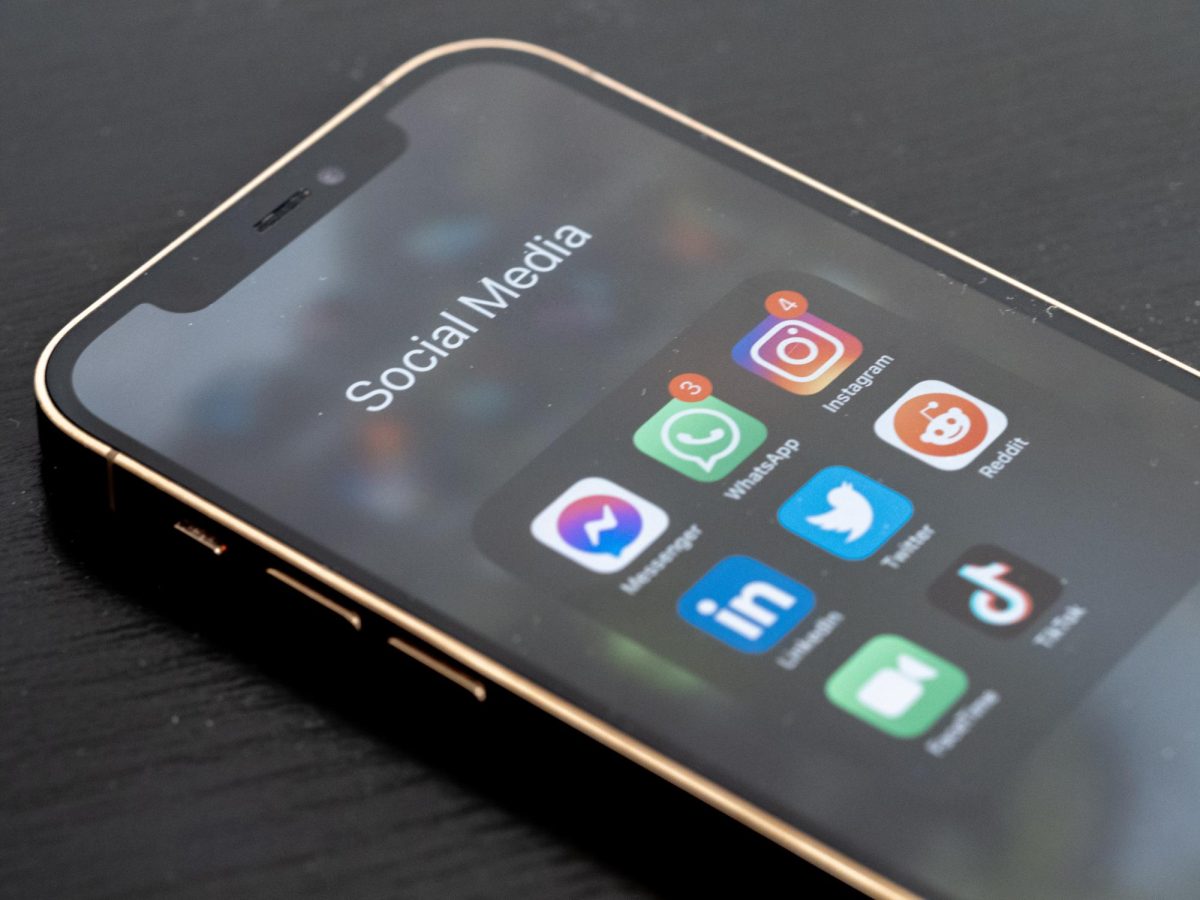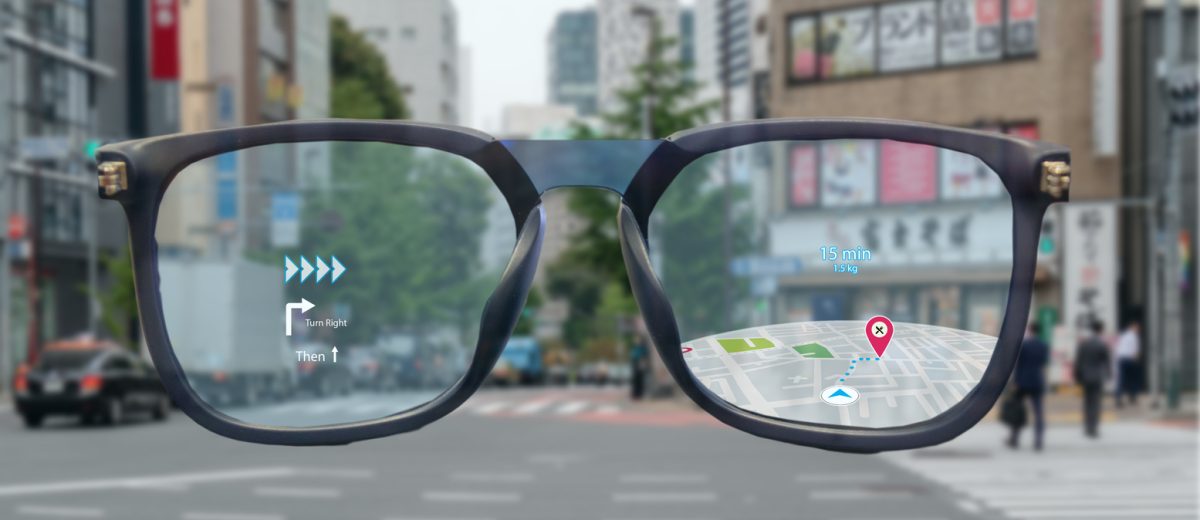A few months ago, I wrote about the Ray Ban x Meta Smart Glasses offered at Target. Like many other products of this kind, these glasses can take pictures, record videos, livestream to various social media, play music, take your calls, and send texts. Additionally, most smart glasses come equipped with an even more modern partner – AI. Although many of us have probably never even heard about this design, smart glasses have been around for a surprisingly long time and many important companies have invested time and money in this revolutionary tech gadget.
The first company to release a prototype of smart glasses was, believe it or not, Google. Google came out with the Google Glass in 2013, but only for select users. In 2014, they went public with their product but in 2015, their smart glasses were discontinued. A variety of reasons led to the halt in sales, most of them controversial topics in other smart glasses designs as well. The two biggest concerns in the smart glasses market center around privacy and safety. As these glasses can take photos and videos in public, many people are concerned about non-consensual recordings taking place without their knowledge. Brands like Ray Bans x Meta have looked to counter this by designing the glasses to flash lights on their fronts whenever they are recording, but this of course does not serve to extinguish all fears. Another giant concern is the use of these glasses while driving. Although arguably safer than trying to text on your cell phone on a busy highway, these glasses can still pose a distraction and therefore a safety risk to drivers. Even laws have been proposed to ban and/or restrict their usage while driving.
As mentioned previously, the Ray Bans x Meta glasses are not the only smart glasses prototype out there. In fact, 245 companies have produced their own designs. One well-ranked design is the Solos Smart Glasses. Unlike Ray Ban x Meta which uses Meta AI, an AI system still in its developmental stages, these glasses use a more well-known AI tool: ChatGPT. According to reviews they have amazing audio quality, last up to ten hours, are able to translate to and from nine different languages, and fit the face better with their thinner frame. Their only downside seems to be that they can’t take photos – although for some people, that may be seen as a plus.
In general, smart glasses have been proposed for a variety of tasks, ranging from more serious things such as medical imaging in precise areas to plain old better music access. It makes you wonder, will they ever replace regular glasses? Or will they get lost in the twists of time?




















































